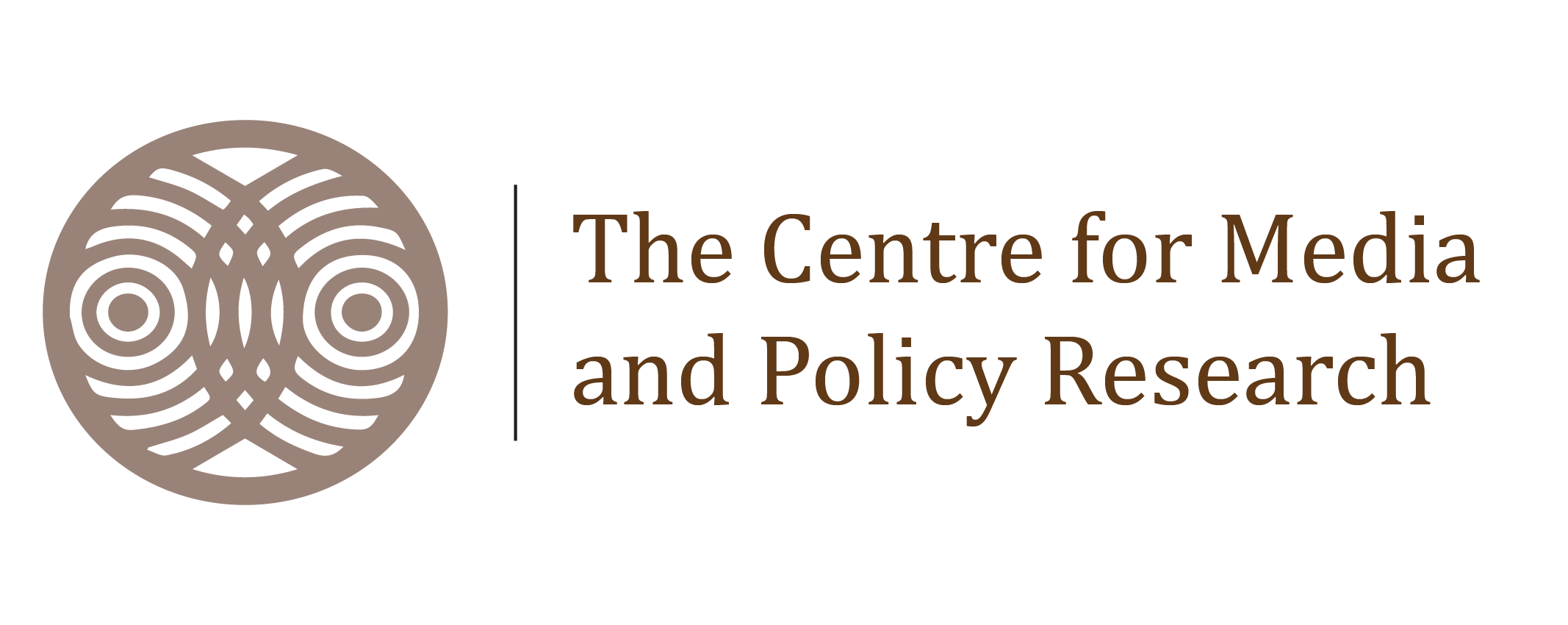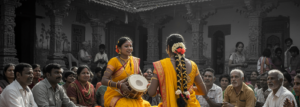Conflictive Conformism: The Psychological Tug-of-War in Modern India
The sprawling urban settings of modern India are witnessing an intriguing psychological phenomenon: conflictive conformism. Positioned at the intersection of rapid globalization and deeply rooted cultural traditions, Indian youth face an inner struggle where the desire to express individuality collides with societal pressures to conform. This inner tug-of-war is magnified by the omnipresence of social media and reality television, which present curated narratives of success, beauty, and material affluence. These narratives inspire but often disquiet, creating a complex emotional landscape.
Reality Television: A Dreamscape and Battleground
Reality television, such as shows like Fabulous Lives of Bollywood Wives and Big Boss, plays a unique role in shaping youth identity. These shows portray contestants as aspirational archetypes—embodiments of perfection who achieve meteoric success. However, the contrast between these polished portrayals and everyday realities often triggers feelings of inadequacy, self-doubt, and guilt.
This conflict is compounded by India’s socio-cultural framework, where familial values of obedience coexist uneasily with global ideals of autonomy and freedom. For many Indian teens, social media becomes a platform to carefully tailor a “cool” persona. As described by researchers like Diwakar (2016), this performative coolness—a detached, emotionally indifferent exterior—masks underlying anxieties born from societal expectations.
The Paradox of Social Media and Individual Expression
Social media provides a fertile ground for teens to explore relationships, identities, and subcultures in ways that are often incompatible with offline cultural expectations. It offers a paradoxical existence: a comforting bubble of modern individualism alongside a deferential acceptance of cultural orthodoxy. For instance, while marriage remains a firmly parental domain, social media enables youth to “try on” relationships and identities without the permanence associated with offline decisions.
This dual engagement fosters hybrid identities, where teens seamlessly blend transient modern ideals with timeless cultural traditions. The curated nature of online personas allows teens to exercise autonomy within socially acceptable limits, balancing aspirations with authenticity.
Identity Struggles: Balancing the Global and the Local
While the strategies adopted by Indian teens are ingenious, they take a psychological toll. Feelings of impostor syndrome, inadequacy, and social anxiety are common outcomes of the constant juggling act between modern aspirations and traditional values. Yet, this balancing act reflects a postmodern reconciliation, where seemingly opposing forces coexist within the same individual.
Diwakar’s (2016) interviews and focus groups with teens highlight this duality. Teens use online spaces to explore their individuality, yet their reluctance to share personal milestones like relationship statuses illustrates the deeply ingrained cultural norms they navigate. Social media, therefore, becomes both a tool for self-expression and a shield against societal judgment.
Marginalized Youth: Reclaiming Identity in a Globalized World
Dominant narratives surrounding slum youth often reduce them to passive victims of structural inequalities. Films like Payal Kapadia’s All We Imagine As Light (2024) challenge this stereotype by portraying characters who navigate intersecting layers of marginalization—gender, class, religion, and language—while asserting their agency.
For example, speaking Malayalam in urban spaces becomes an act of resistance, rejecting Hindi-centric narratives. Similarly, defiance against exclusionary industrial ideals, symbolized by hurling stones at billboards, underscores the rejection of imposed aspirations. Social media platforms play a crucial role here, enabling marginalized youth to document and share their realities with both local and global audiences. This breaks the binaries of victimhood and agency, offering nuanced portrayals of resilience.

The Role of Media in Empowering Marginalized Voices
Media technologies have democratized identity work, allowing marginalized communities to reclaim their narratives. However, as Goel (2018) notes, these technologies simultaneously marginalize those unable to access their benefits or align with their ideals. Neoliberal policies and the state’s emphasis on economic growth often obscure structural inequalities under the guise of progress.
To address these disparities, future research must interrogate power asymmetries in media representations and their impact on societal change. A more integrative lens, considering historical, cultural, and socioeconomic dimensions, is essential to uncover the layered dynamics of media-induced pressures and intrinsic motivations.
The Need for Inclusive Representations
The youth of modern India are not passive consumers of globalized cultural shifts; they are active negotiators, reshaping Western ideals to fit their unique cultural contexts. Yet, the curated nature of online personas often leads to identity diffusion or role confusion, making it crucial to foster representations that empower youth with both aspirations and authenticity.
The dual existence of Indian teens—juggling the transient and the timeless—highlights the need for inclusive media representations. By embracing hybrid identities, challenging exclusionary practices, and addressing structural inequalities, media can pave the way for a generation that defines success and selfhood on its own terms.
References
- Diwakar, V. (2016). “It’s complicated”: The construction of Indian middle-class teens in social media. Journal of Creative Communications, 11(2), 161–182. https://doi.org/10.1177/0973258616644813
- Goel, K. M. (2018). In other spaces: Contestations of national identity in “new” India’s globalized mediascapes. Journalism & Communication Monographs, 20(1), 4–73. https://doi.org/10.1177/1522637917750131
- Nagpal, N., & Tripathi, S. (2019). New media, youngsters and family: An emerging culture of changing communication practices in Indian families – A study in Delhi and NCR. World of Media: Journal of Russian Media and Journalism Studies, 1, 5–40. https://doi.org/10.30547/worldofmedia.3.2019.1
Author: Aparna Verma
Read more…






